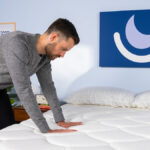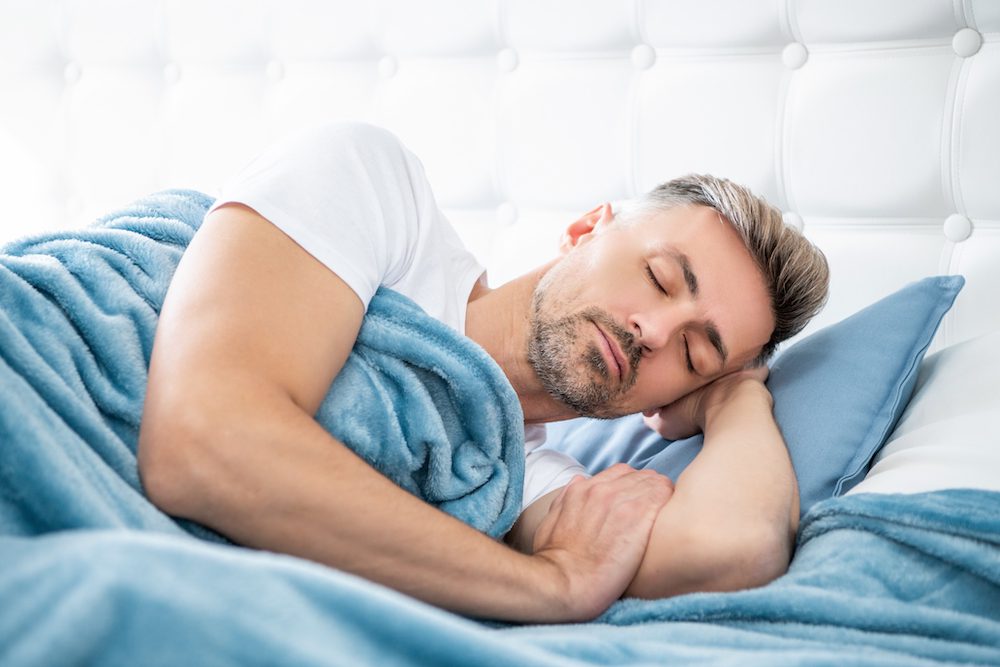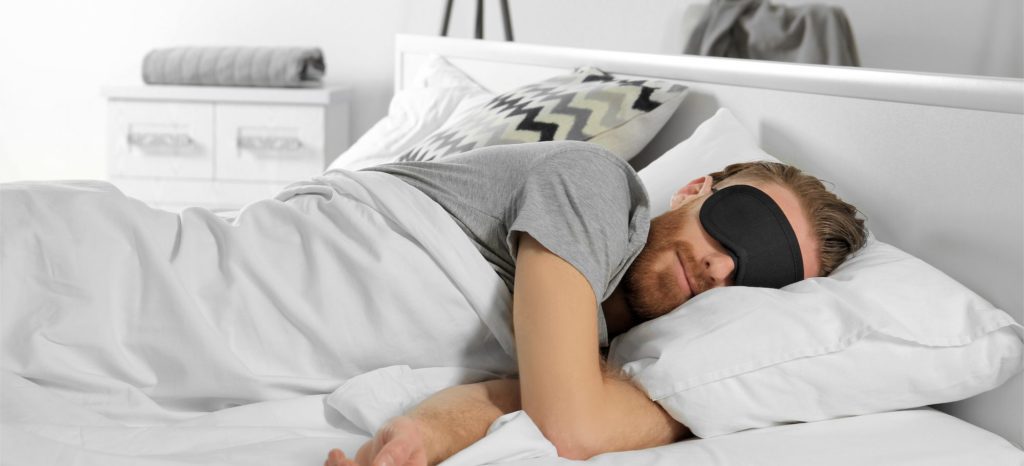Microsleep is a short period of unintentional sleep that lasts anywhere from a fraction of a second to 30 seconds. Sleep is critical for health, well-being, and staying alert throughout the day. However, accidentally falling asleep in certain situations is dangerous. Microsleeps can result in health and safety risks and, in some cases, death.
Experts believe that a significant portion of roadside and workplace accidents can be attributed to microsleep. It is estimated that microsleep-related accidents and injuries cost the U.S. economy more than $411 billion each year.
Even though you may be unfamiliar with the term, you may have experienced microsleep or seen someone who has. Being knowledgeable about this phenomenon and why it happens can help you take steps to keep it from happening to you.
When Does Microsleep Occur?
MIcrosleep commonly happens when a person is in the middle of performing a monotonous or repetitive task, such as driving a car. Microsleep is more likely to happen when a person is sleepy or has not had enough sleep.
Research suggests that people may be more vulnerable to microsleep at certain times of the day. Sleepiness peaks in the afternoon and between the hours of midnight and 6 a.m. Episodes of microsleep may occur during these periods, particularly if a person is faced with a monotonous task such as driving.
Because microsleep is unintentional, you can’t control when it occurs. It can even happen without you being aware of it. You may experience microsleep and think that you were awake during the entire episode.
Microsleep and Sleep Deprivation
Microsleep is related to sleep deprivation. Sleep deprivation makes it difficult for many people to stay alert, leading to microsleep.
Sleep deprivation happens when you do not get adequate sleep. Sleep debt develops when you do not get the amount of sleep you need. As time progresses and sleep debt accumulates, so does the likelihood of microsleep.
Various factors like social obligations, work demands, health conditions, and sleep disorders can result in sleep deprivation. For example, sleep apnea can cause excessive daytime sleepiness, poor quality sleep, and sleep deprivation.
Dangers of Microsleeping
The greatest danger of microsleeps is that they can cause accidents, especially when performing tasks that require alertness, quick reaction time, or mental sharpness. For example, microsleeps that arise while driving or on the job can lead to mistakes, injury, and even death.
Episodes of microsleep that occur while driving can cause a person to speed, lose control of a vehicle, or veer into another lane, oncoming traffic, or off the road. The National Highway Traffic Safety Administration (NHTSA) estimates that roughly 91,000 police-reported accidents were caused by drowsy drivers in 2017 causing 50,000 injuries.
Workplace errors and accidents are also a danger of microsleeping. People in the medical field who work long hours or alternate shifts are at risk for sleep deprivation and microsleeps that pose a risk to patient safety. Likewise, sleep-deprived workers that operate vehicles or heavy machinery are at risk for microsleep and threaten workplace and public safety.
What are the Warning Signs of Microsleep?
Researchers can measure microsleep in a lab setting by using a electroencephalogram (EEG) to monitor brain activity. But it can be more challenging to detect microsleep in person. Nonetheless, there are warning signs that can indicate whether someone is experiencing a microsleep episode.
Microsleep is often associated with impaired cognitive abilities, such as reduced driving ability. Other symptoms of microsleep include:
- Difficulty keeping your head up
- Nodding off
- Sleepiness
- Excessive blinking
- Closed eyes
- Slow eye movement
Can Microsleep be Treated?
There is no established treatment for microsleep, but improving your sleep hygiene can help you fight sleep deprivation. In addition, you can take practical steps during the day to reduce your risk of microsleep.
- Naps: Taking naps may be effective for combating daytime fatigue. Naps can help your brain recover from fatigue. Both short naps that last 15 to 30 minute and long naps that last about 1.5 hours can help with regaining alertness. However, napping cannot replace the benefit gained from getting healthy nighttime sleep on a regular basis.
- Don’t Drive Tired: Be sure to avoid driving if you feel tired or were not able to sleep enough the night before, even if you only have to make a short trip. During long road trips, schedule time to stop and rest or take a nap when you feel tired.
- Avoid Peak Times: Your body typically experiences the most severe sleepiness in the late afternoon and from midnight to 6 a.m. Avoid driving during these times, especially if you are feeling tired or fatigued.
- Watch for Warning Signs of Microsleep: Stay alert to the warning signs of microsleep. Pull your car over and rest if you find that you are unintentionally speeding, slowing, or not braking in time. Likewise, stop driving and rest if you are yawning, having racing thoughts, blinking excessively, head nodding, or missing road signs and exits.
- Coffee: Although coffee can provide some help with feeling more alert, the effects are short-term and may not be enough to prevent episodes of microsleep. You can still experience brief microsleep episodes even after coffee.
If you experience persistent episodes of microsleep or are having other sleep problems, it is important to speak with your health care provider. Your health care provider can talk with you about your sleep and health history, and work with you to diagnose and treat any underlying sleep problems.
Frequently Asked Questions
Microsleeping can be detected by electroencephalogram (EEG). EEG is a test that is used to measure brain activity. People generally don’t have access to an EEG at home, so the best way to detect microsleep is to watch for symptoms like dozing off, drowsiness, and closed eyes.
A microsleep episode can last a fraction of a second or up to 30 seconds.
You can still experience microsleep even if you drink coffee. Although coffee can make you feel more alert, coffee and other types of caffeinated beverages aren’t enough to treat microsleep.
References
Ask the Sleep Doctor
Have questions about sleep? Submit them here! We use your questions to help us decide topics for articles, videos, and newsletters. We try to answer as many questions as possible. You can also send us an email. Please note, we cannot provide specific medical advice, and always recommend you contact your doctor for any medical matters.


